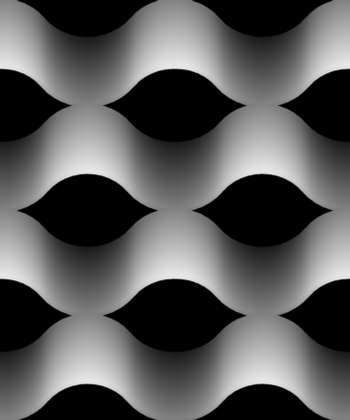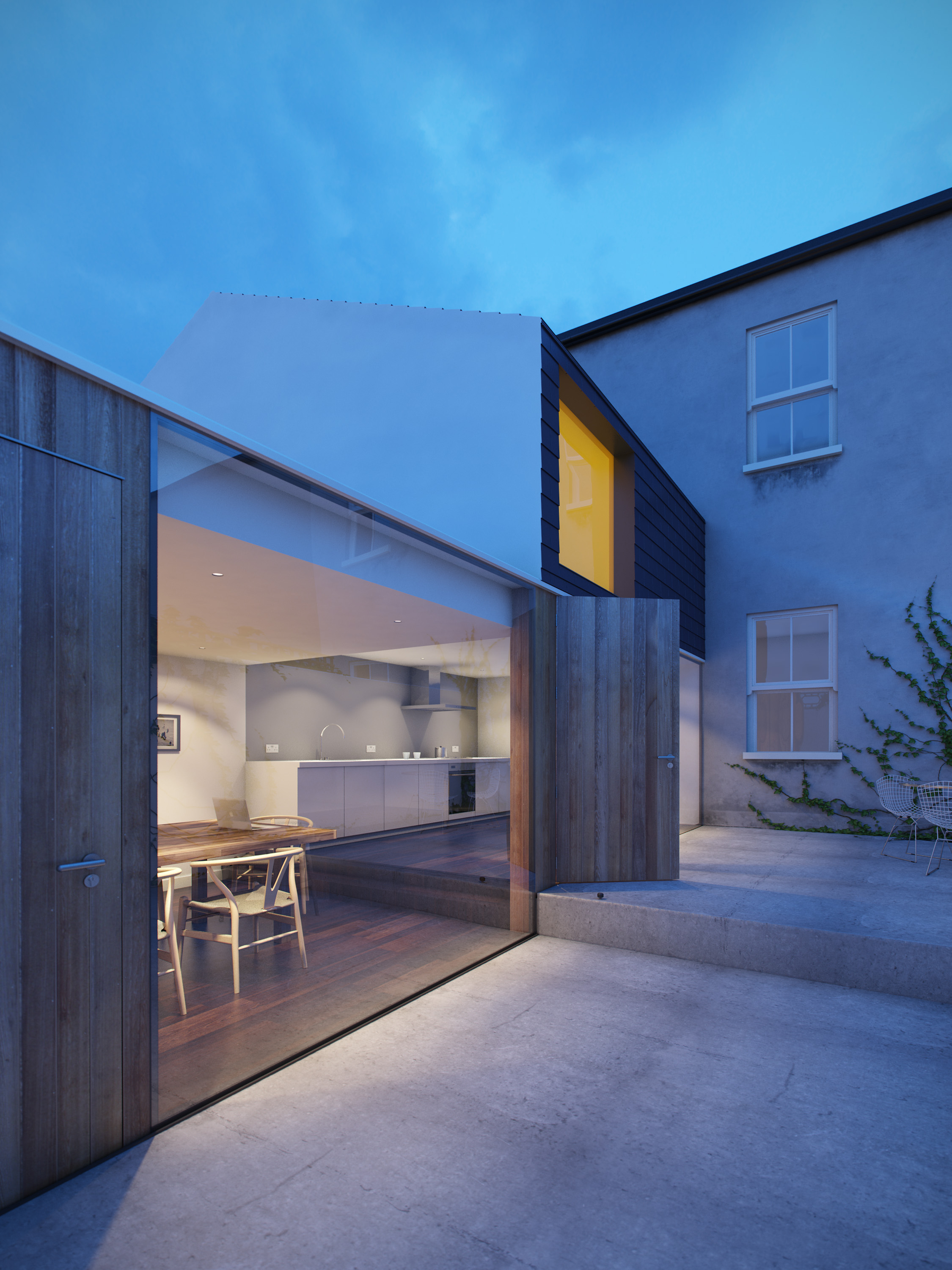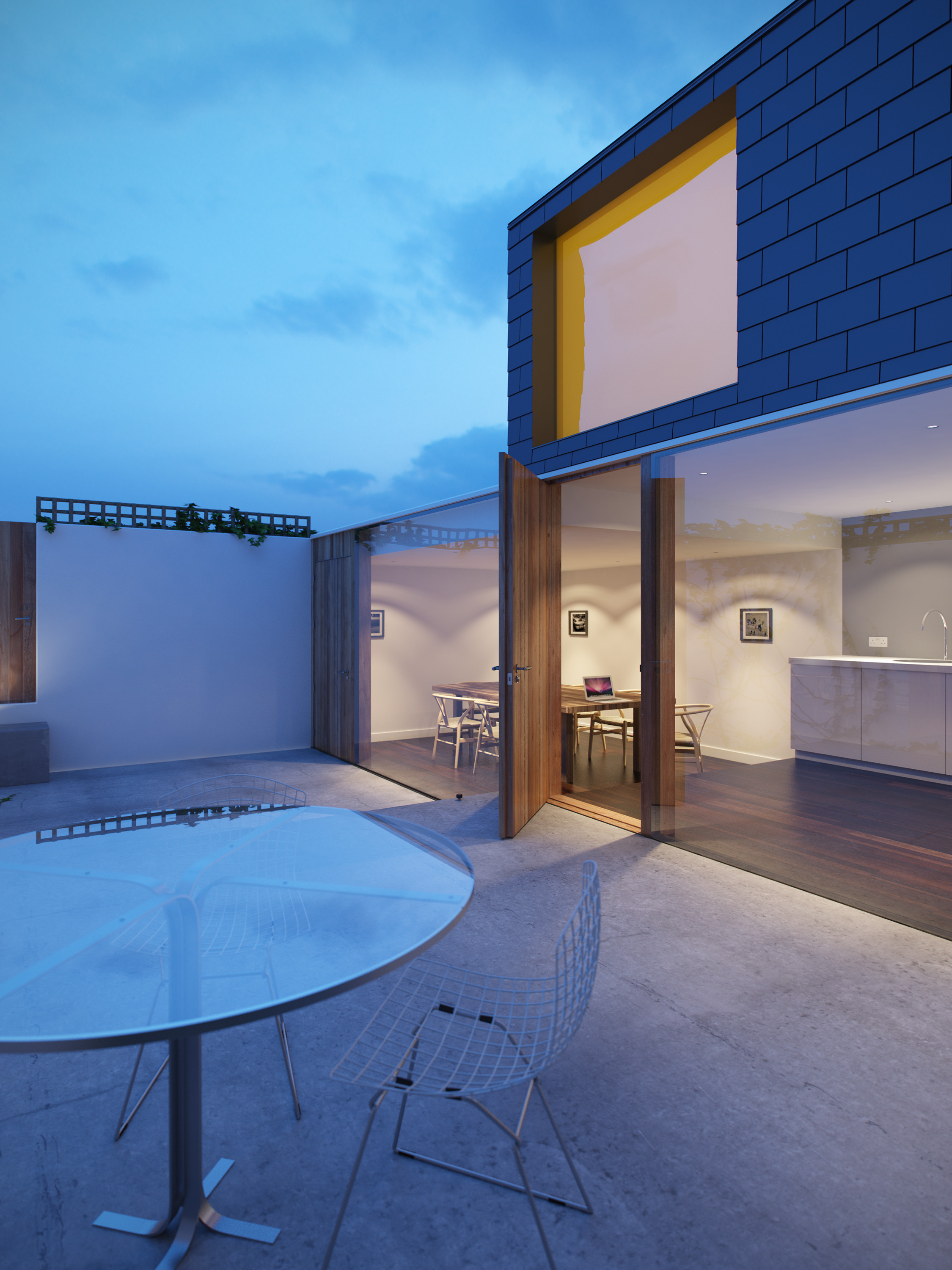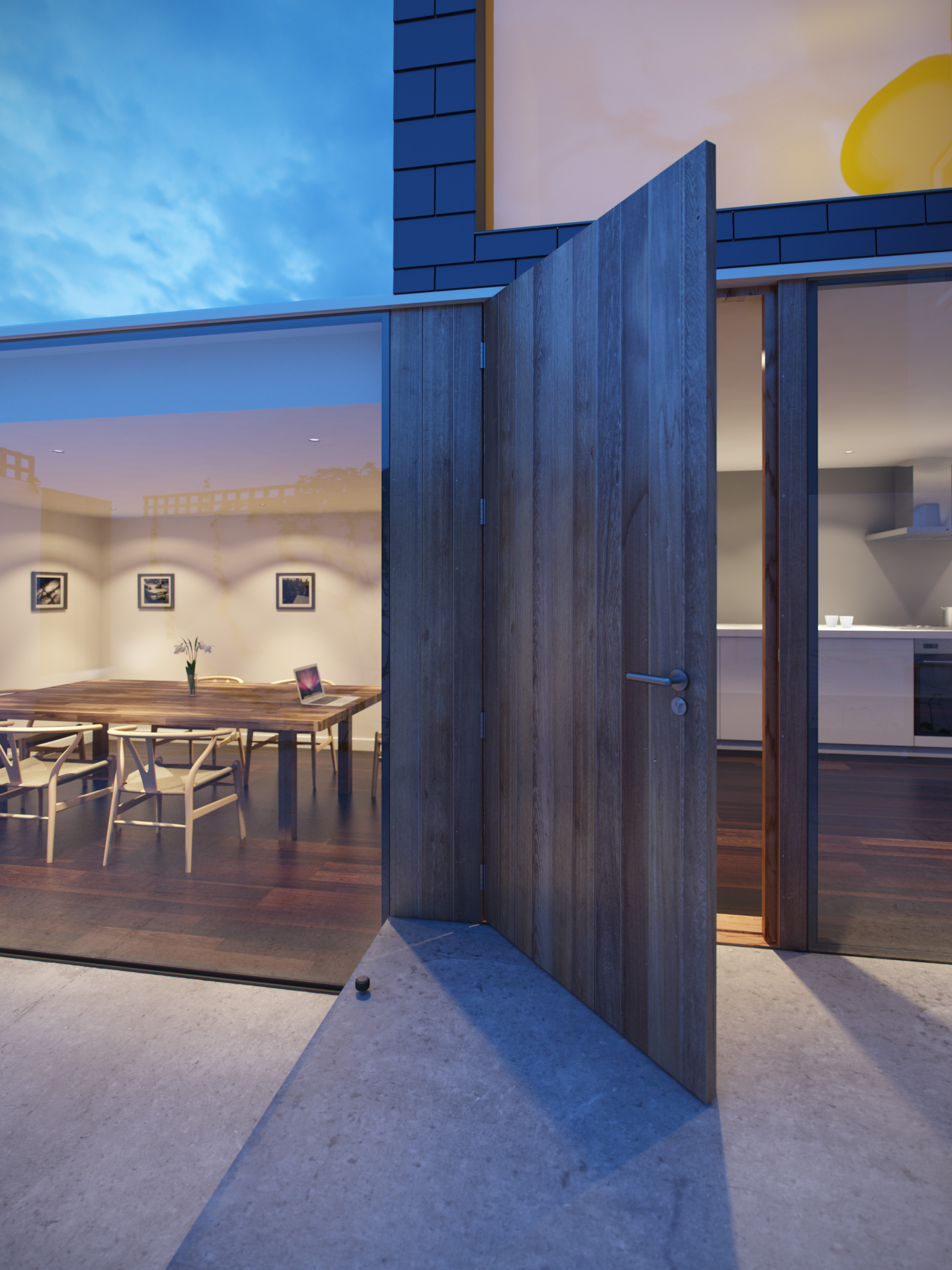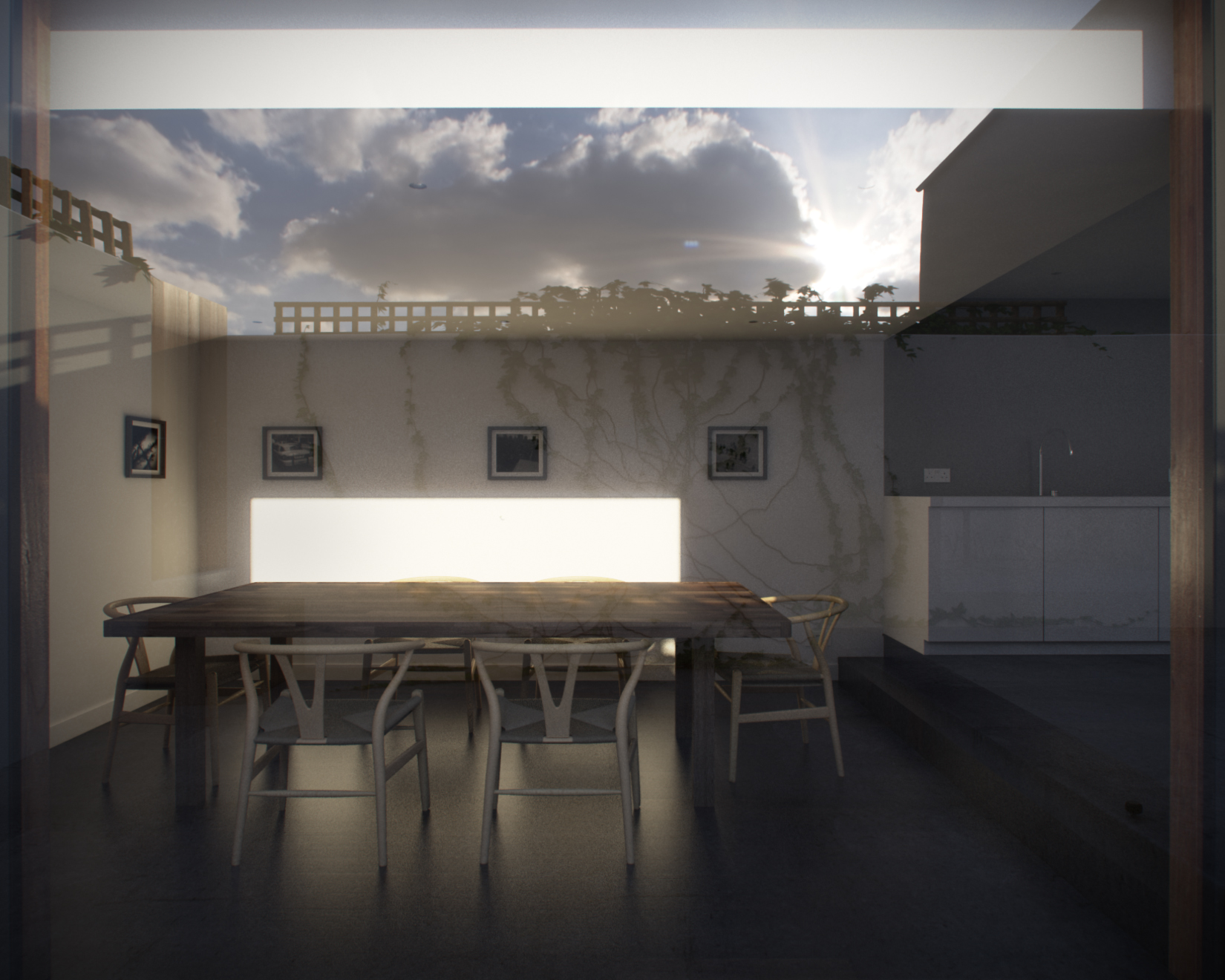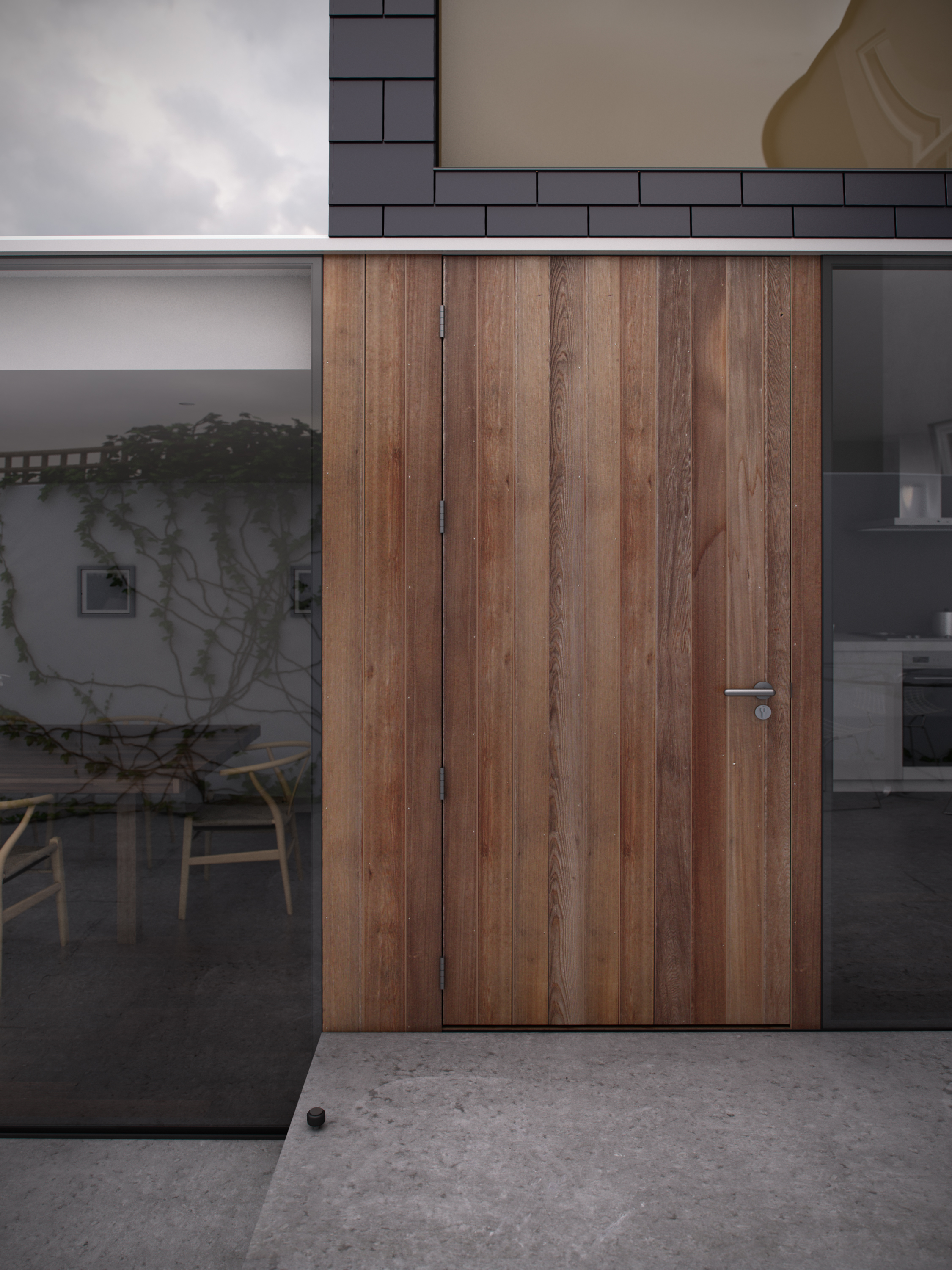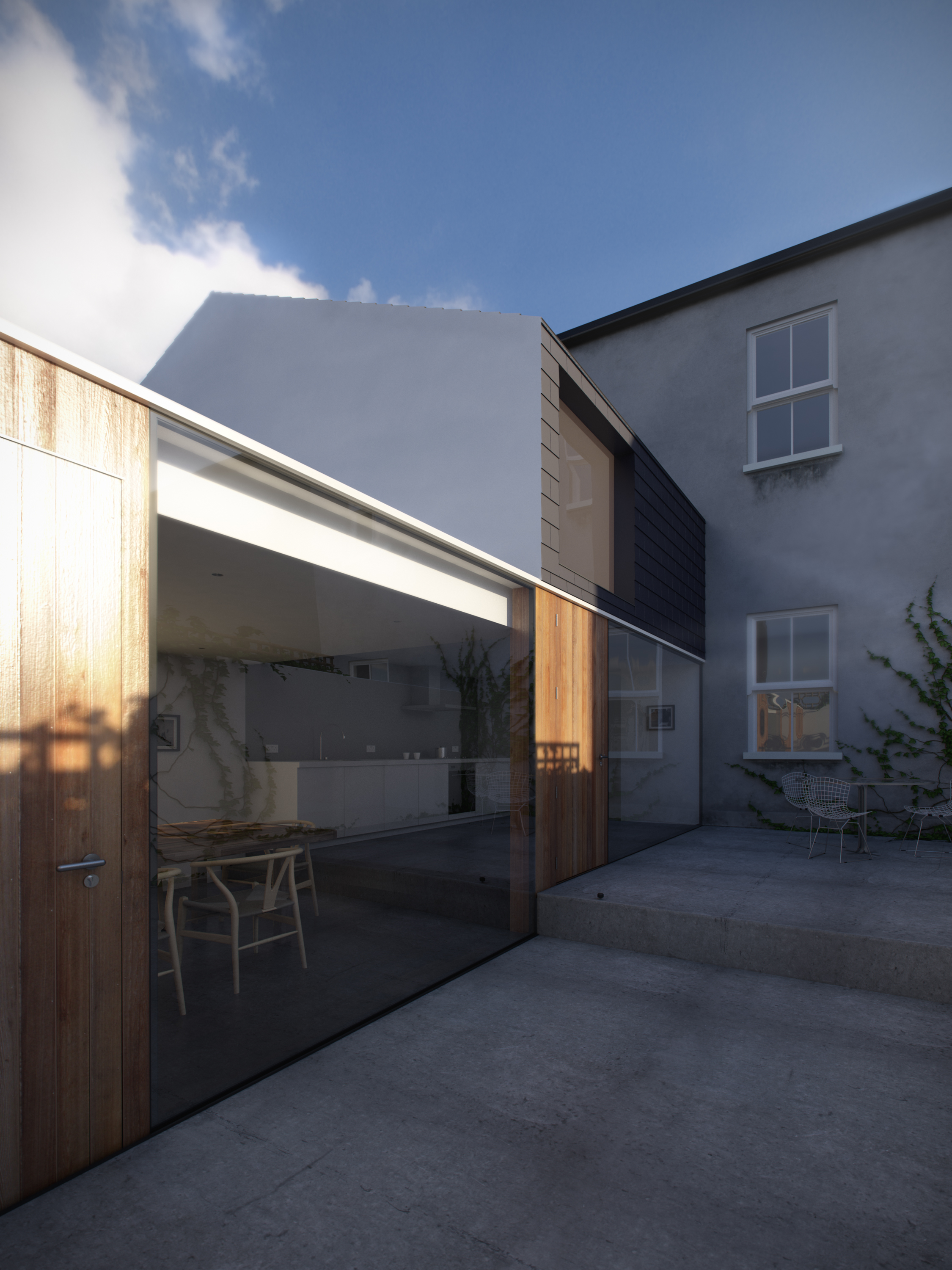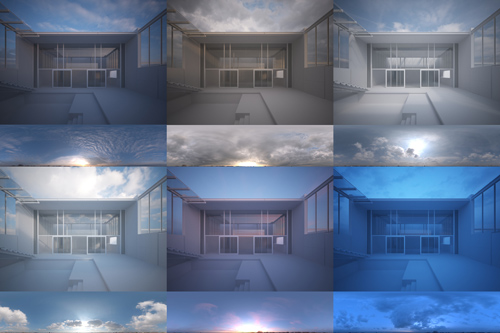A little personal project inspired by Jown Pawson's recent Plain Space exhibition at the Design Museum in London. These renders take a lot of inspiration from Gilbert McCarragher's beautiful photos of the exhibition. My main interest in doing this was to capture the same quality of light as in the photos, I love the blue light from the sky in contrast to the warm concealed lighting under the benches. You can view the renders at a bigger size on Flickr
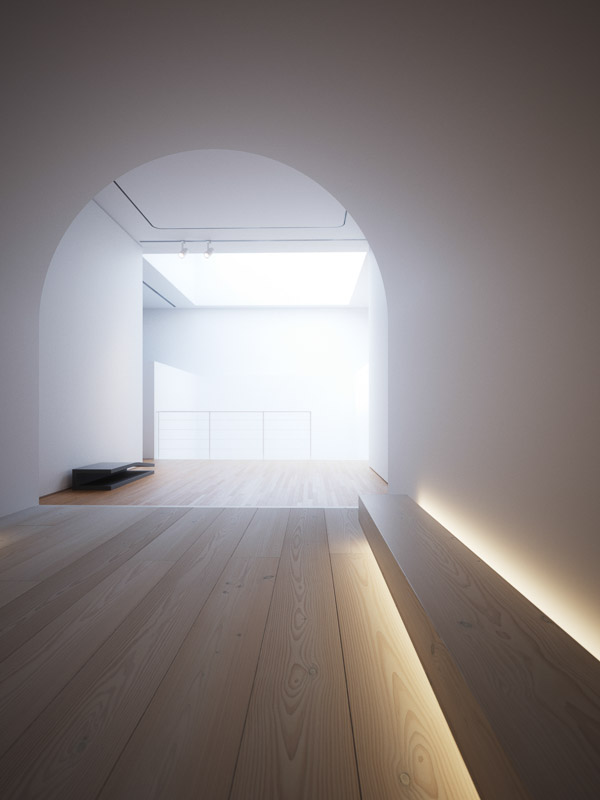
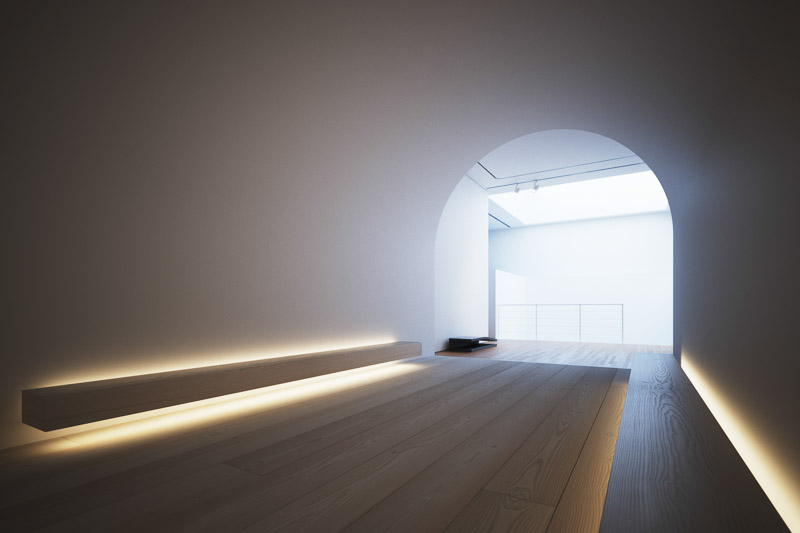
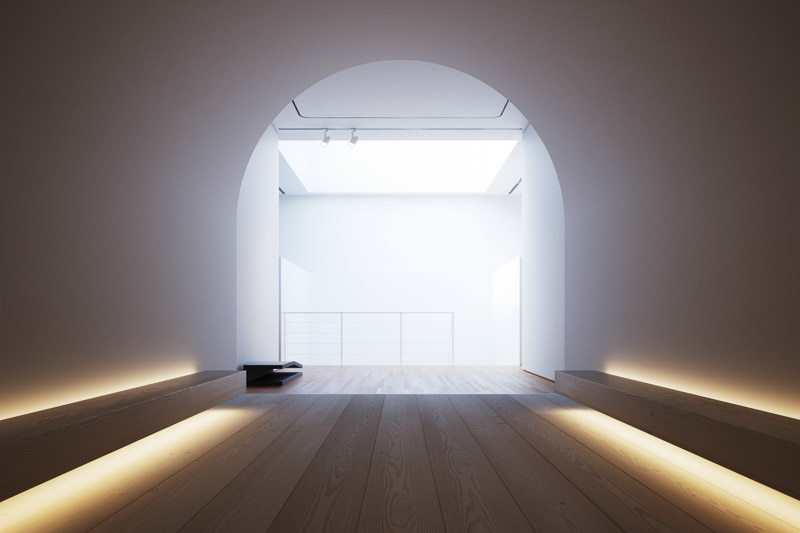
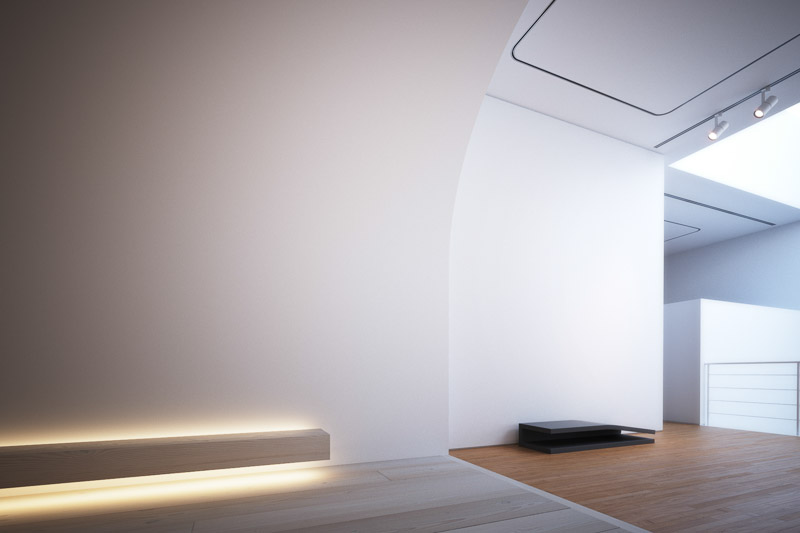
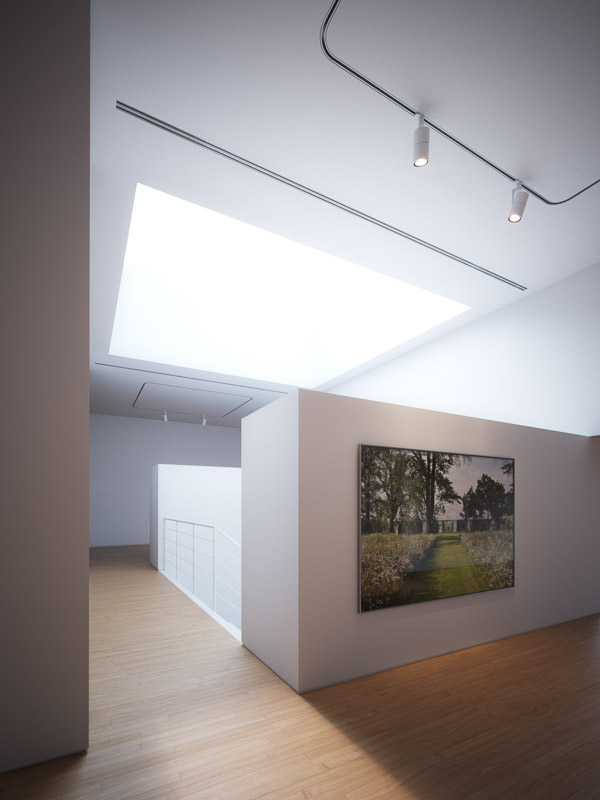
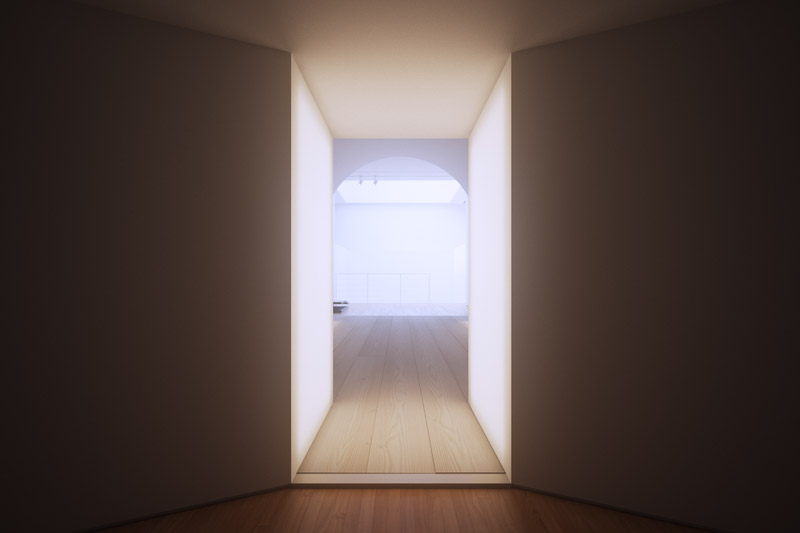
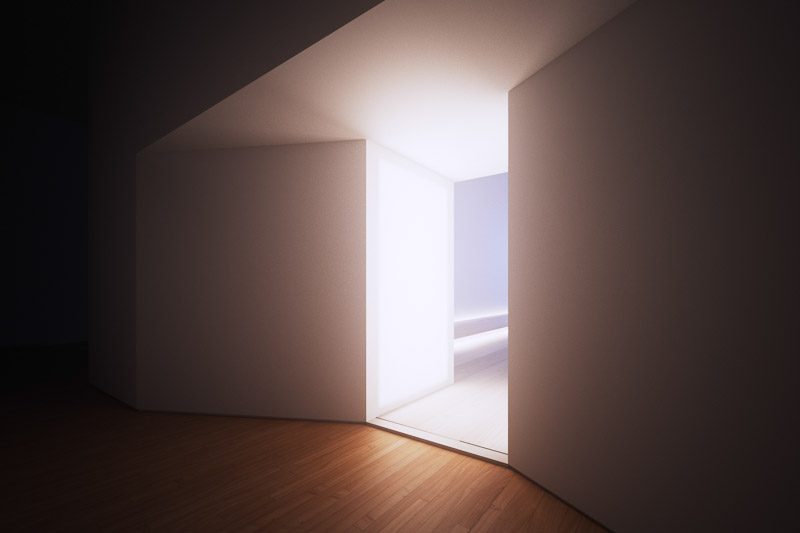
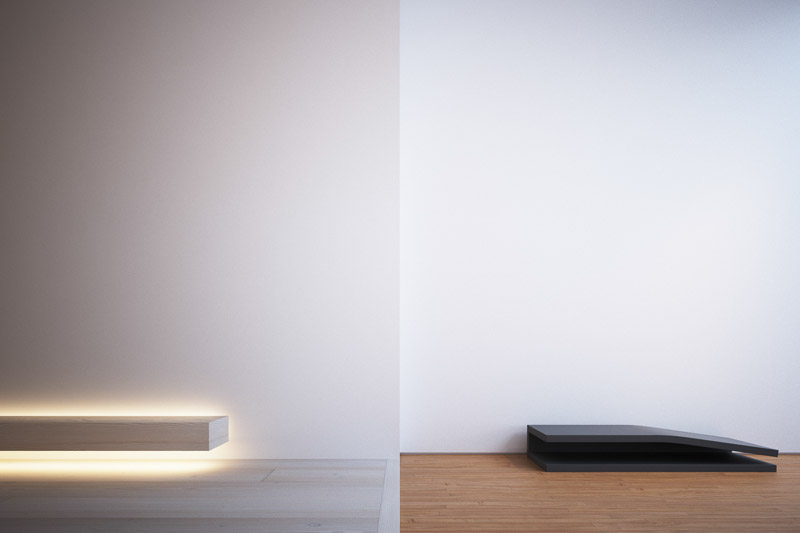
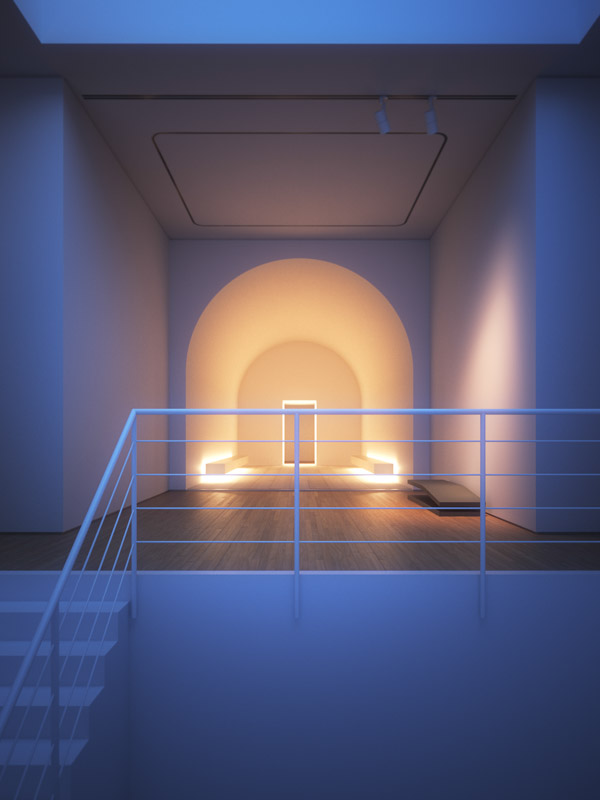
HDRi sky used in this series: 1123.






